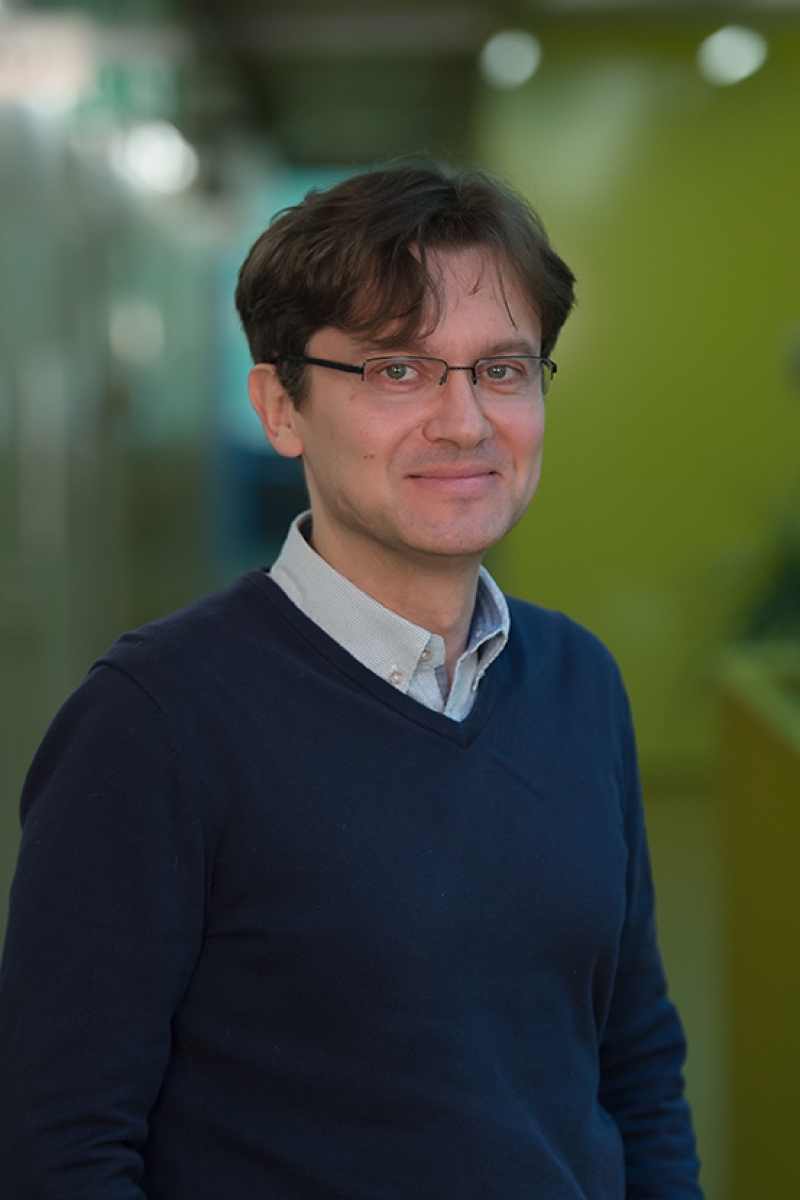KLI Colloquia are invited research talks of about an hour followed by 30 min discussion. The talks are held in English, open to the public, and offered in hybrid format.
Fall-Winter 2025-2026 KLI Colloquium Series
Join Zoom Meeting
https://us02web.zoom.us/j/5881861923?omn=85945744831
Meeting ID: 588 186 1923
25 Sept 2025 (Thurs) 3-4:30 PM CET
A Dynamic Canvas Model of Butterfly and Moth Color Patterns
Richard Gawne (Nevada State Museum)
14 Oct 2025 (Tues) 3-4:30 PM CET
Vienna, the Laboratory of Modernity
Richard Cockett (The Economist)
23 Oct 2025 (Thurs) 3-4:30 PM CET
How Darwinian is Darwinian Enough? The Case of Evolution and the Origins of Life
Ludo Schoenmakers (KLI)
6 Nov (Thurs) 3-4:30 PM CET
Common Knowledge Considered as Cause and Effect of Behavioral Modernity
Ronald Planer (University of Wollongong)
20 Nov (Thurs) 3-4:30 PM CET
Rates of Evolution, Time Scaling, and the Decoupling of Micro- and Macroevolution
Thomas Hansen (University of Oslo)
4 Dec (Thurs) 3-4:30 PM CET
Chance, Necessity, and the Evolution of Evolvability
Cristina Villegas (KLI)
8 Jan 2026 (Thurs) 3-4:30 PM CET
Embodied Rationality: Normative and Evolutionary Foundations
Enrico Petracca (KLI)
15 Jan 2026 (Thurs) 3-4:30 PM CET
On Experimental Models of Developmental Plasticity and Evolutionary Novelty
Patricia Beldade (Lisbon University)
29 Jan 2026 (Thurs) 3-4:30 PM CET
Jan Baedke (Ruhr University Bochum)
Event Details

Topic description / abstract:
Cellular organisms survive and reproduce in complex environments under permanent evolutionary pressure. As a consequence, metabolic pathways are often assumed to be highly adapted, and optimality principles are used to study the large-scale organization of metabolism. In particular, when a cell optimizes the rate of a specific metabolic reaction, it must appropriately partition enzymes to reactions (since enzyme abundance determines reaction rates and total enzyme is limited), leading to a constrained resource allocation problem.
The promise of metabolic engineering has been in part driven by the availability of a formal framework for reasoning about metabolic optimality. The most prominent such framework is flux balance analysis (FBA). Whereas classical methods such as FBA are based on stoichiometric information, leading to a linear optimization problem, we explicitly consider kinetic information, leading to a nonlinear optimization problem - with a surprising result.
In fact, for arbitrary kinetics, solutions that optimize a specific rate are elementary flux modes (EFMs) - representing 'minimal' metabolic pathways. This is surprising precisely because EFMs only depend on stoichiometry, and yet they show up as optimal states for arbitrary enzyme kinetics (including arbitrary allosteric regulation). Most importantly, our result predicts discontinuous metabolic switches and explains the occurrence of low-yield pathways as observed in the Crabtree and Warburg effects (in microbiology and oncology). In contrast, classical linear methods predict continuous transitions.
Biographical note:
Stefan Müller is a mathematical biologist at the Faculty of Mathematics, University of Vienna, where he is leading a project on chemical reaction network theory, supported by the Austrian Science Fund (FWF). Previously, he held positions at the Austrian Academy of Sciences, the Humboldt University Berlin, and the Academy of Sciences of the Czech Republic.
Having a Master degree in Physics, a PhD in Chemistry, and a Habilitation in Mathematics, Stefan is interested in transdisciplinary problems. On the one hand, he formulates and studies concrete mathematical models of chemical networks, metabolic networks, and gene networks. Thereby he contributes to systems biology, bioengineering, and synthetic biology, respectively.
On the other hand, he further develops modeling frameworks, in particular, chemical reaction network theory and metabolic pathway analysis. Stefan combines methods from dynamical systems, graph theory, polyhedral geometry, and oriented matroids, and his (applied math) results are relevant also for pure math, especially for real algebraic geometry.


